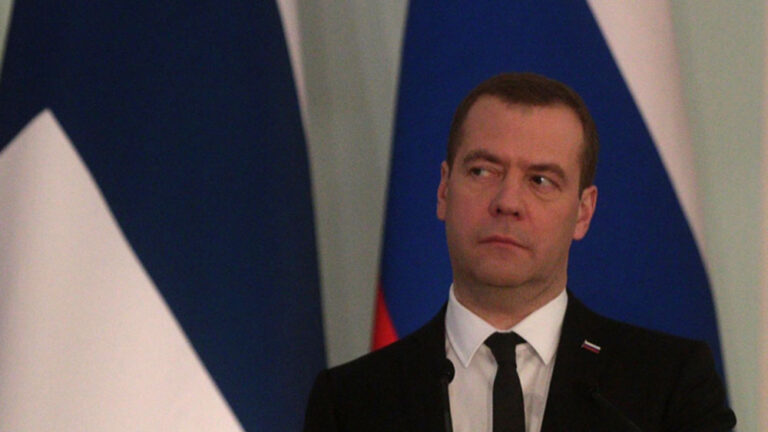The mounting international pressure at the Group of 20 (G-20) conference in Shanghai for Japan to implement pump-priming measures will likely spur calls within the Japanese government and ruling parties to formulate a supplementary budget for next fiscal year at an early stage.
In a joint statement issued at the end of the two-day conference of G-20 central bank governors and finance ministers, participating countries agreed to use all policy tools, such as increased government spending and structural reforms.
Finance Minister Taro Aso said during the meeting that the Japanese government’s supplementary budget for fiscal 2015 to March was approved in January. His comments were seen as an attempt to forestall the United States and other participants who expect Japan to ramp up public spending.
As its national debt exceeds ¥1 quadrillion, Aso took the stance that Japan cannot easily afford to acquiesce to that demand. However, there is growing pressure within the government and ruling parties to formulate the supplementary budget for fiscal 2016 with economic stimulus measures as its major pillar, soon after the fiscal 2016 budget takes effect.
Their calls come against a backdrop of concern over the low stock prices and strong yen since the beginning of this year.
“The government needs to discuss economic stimulus measures right after the passage of the budget for fiscal 2016,” said Etsuro Honda, a special adviser to the Cabinet of Prime Minister Shinzo Abe, during an interview with The Yomiuri Shimbun. “The desirable size of the budget is around ¥5 trillion.” Honda supports the theories of the Abenomics economic policy package.
The G-20 provided strong international support for those who are calling for fiscal action by the government to implement such measures. The G-20 joint statement said, “Excess volatility and disorderly movements in exchange rates can have adverse implications for economic and financial stability.”
The Japanese government believed that the wording may have been directed at the recent sharp rise in the yen, according to a Finance Ministry source accompanying Aso at the G-20 conference.
U.S. Treasury Secretary Jacob J. Lew said, “It is also important that all G-20 members honor their commitments to refrain from competitive devaluation, and to not target exchange rates for competitive purposes.” It is therefore still uncertain whether the G-20 conference will lead to a change in the flow of the rising yen.
The Bank of Japan’s policy management will likely become more difficult. Bank of Japan Gov. Haruhiko Kuroda gained some understanding for his explanation that the central bank’s introduction of the negative interest rate policy has not been aimed at manipulating the yen downward. The bank introduced the policy on Feb. 16.
The G-20 meeting, however, sounded alarms about excessive dependency on monetary policy, saying in the statement, “Monetary policy alone cannot lead to balanced growth.”
Even if the Bank of Japan moves toward additional monetary easing measures, market players could be skeptical about the effect, as the feeling has spread that monetary policy has its limits.Speech(The Yomiuri Shimbun)
Link: http://the-japan-news.com/news/article/0002778411



